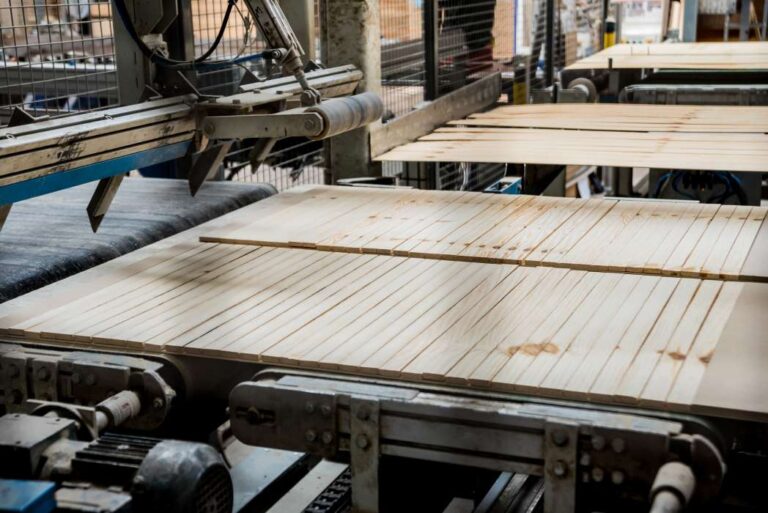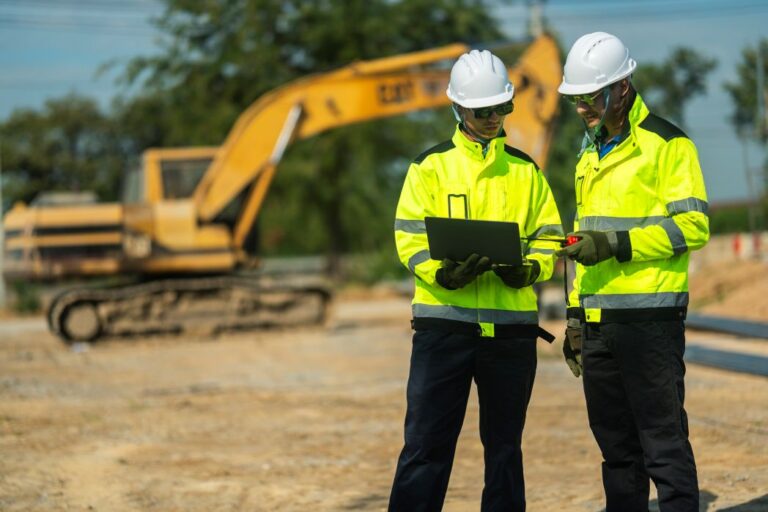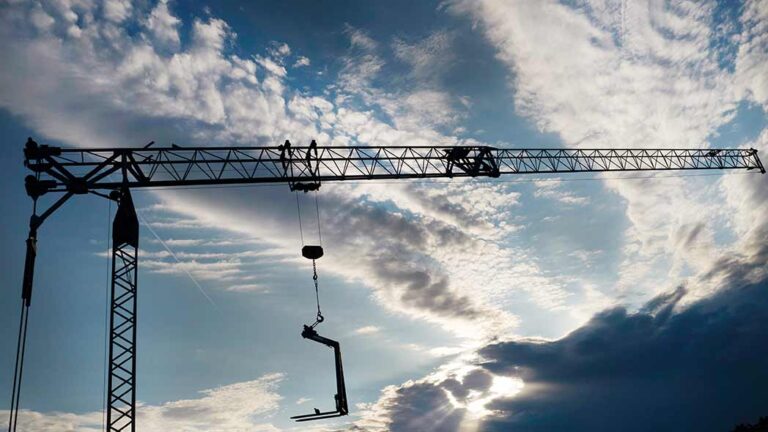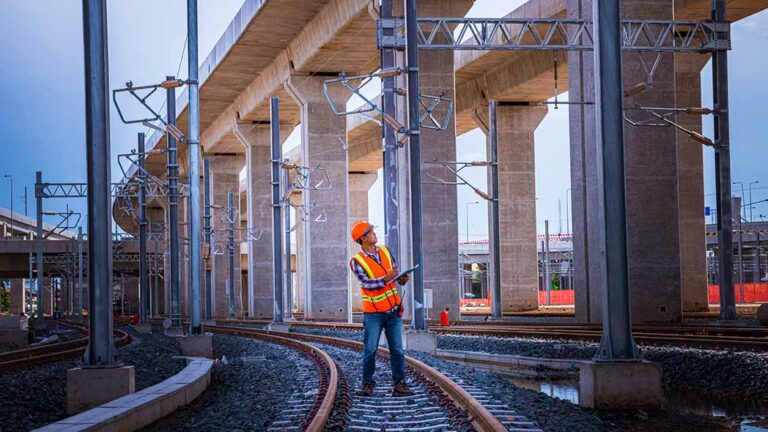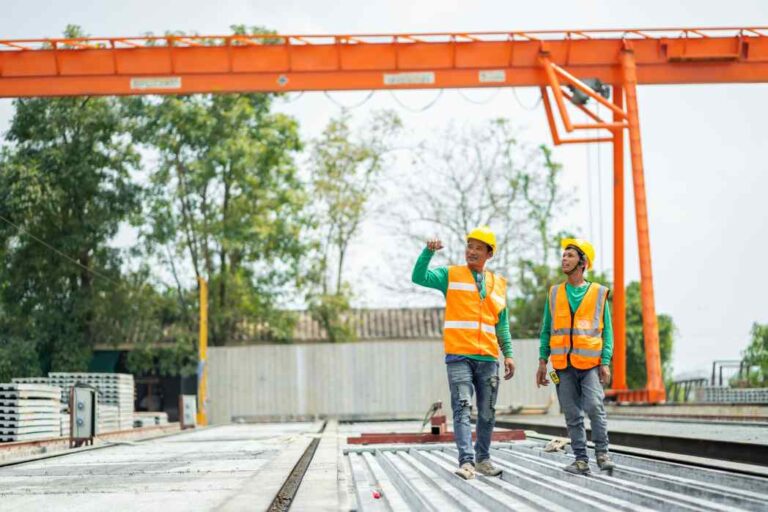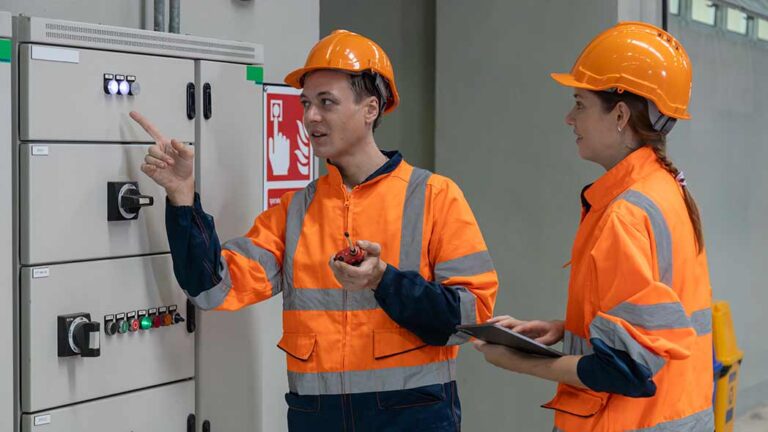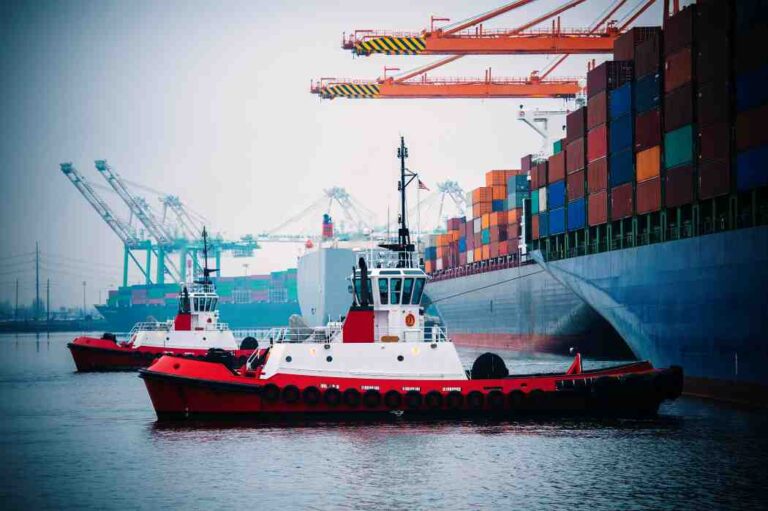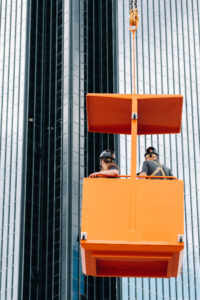
Two construction companies have been fined after a woman was struck by scaffolding fittings dropped from a crane.
Weymouth Magistrates’ Court heard how employees of Carter Training Ltd were using a mobile crane in Queen Mothers Square, Poundbury, Dorchester when an attachment holding 500 scaffolding fittings was turned on its side. The fittings, weighing 2kg each, spilled out onto workers and the concrete flooring 10.5 metres below.
One woman on site suffered two fractures to her left shoulder blade, a fracture to her left collar bone, a cut to the back of her head and bruising.
An investigation by the Health & Safety Executive (HSE) found the stillage attachment used on the crane was unsuitable for lifting heavy and large amounts of scaffolding. Lifting the scaffolding directly above a number of contractors working below also put them at risk of harm.
It was also found that principal contractor Zero C Holdings failed to carry out an audit of all lifting plans and as a result failed to manage the risks associated with this lifting activity. Zero C Holdings did not have clear lines of communication between the lifting company Carter Training Ltd and contractors working on the site below.
Zero C Holdings Ltd of Armitage House, Poundbury, Dorchester pleaded guilty to breaching Regulation 13 (1) of the Construction (Design and Management) Regulations 2015. It was fined £145,000 and ordered to pay costs of £3,500.
Carter Training (Services) Ltd of Budleigh Hill, East Budleigh, Devon pleaded guilty to breaching Regulation 8 (1) Lifting Operations and Lifting Equipment Regulations 1998. It was fined £18,000 and also ordered to pay costs of £3,500.
HSE inspector Nicole Buchanan said after the hearing: “The worker is very lucky that her injuries were not life threatening. Both Zero C Holdings and Carter Training put a number of workers at risk of harm when they failed to plan or identify the risks of heavy lifting.
“This case highlights the need for duty holders to properly plan all lifting operations before work is carried out to manage the risk of injury to workers. Lifting directly above workers is inherently unsafe and should be avoided wherever possible”
Source : The Construction Index UK
